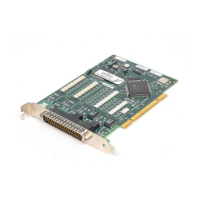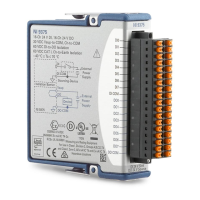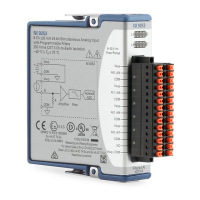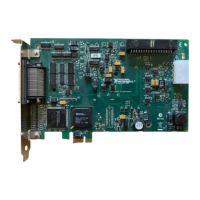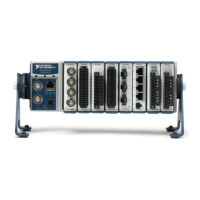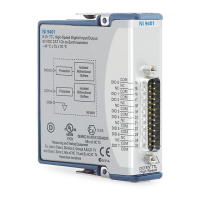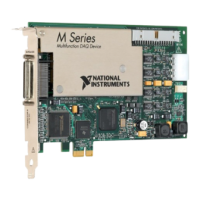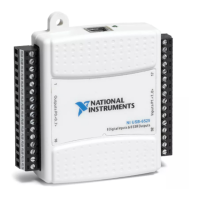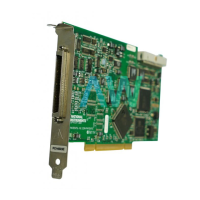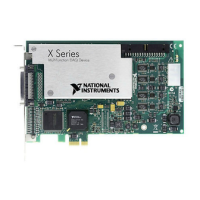Chapter 9 Digital Routing and Clock Generation
X Series User Manual 9-2 ni.com
100 MHz Timebase
The 100 MHz Timebase can be used as the timebase for all internal
subsystems.
The 100 MHz Timebase is generated from the following sources:
• Onboard oscillator
• External signal (by using the external reference clock)
20 MHz Timebase
The 20 MHz Timebase can be used to generate many of the AI and AO
timing signals.The 20 MHz Timebase also can be used as the Source input
to the 32-bit general-purpose counter/timers.
The 20 MHz Timebase is generated by dividing down the 100 MHz
Timebase.
100 kHz Timebase
The 100 kHz Timebase can be used to generate many of the AI and AO
timing signals. The 100 kHz Timebase also can be used as the Source input
to the 32-bit general-purpose counter/timers.
The 100 kHz Timebase is generated by dividing down the 20 MHz
Timebase by 200.
External Reference Clock
The external reference clock can be used as a source for the internal
timebases (100 MHz Timebase, 20 MHz Timebase, and 100 kHz
Timebase) on an X Series device. By using the external reference clock,
you can synchronize the internal timebases to an external clock.
The following signals can be routed to drive the external reference clock:
•RTSI<0..7>
• PFI <0..15>
• PXIe_CLK100
•PXI_STAR
• PXIe-DSTAR<A,B>
The external reference clock is an input to a Phase-Lock Loop (PLL). The
PLL generates the internal timebases.
Artisan Technology Group - Quality Instrumentation ... Guaranteed | (888) 88-SOURCE | www.artisantg.com

